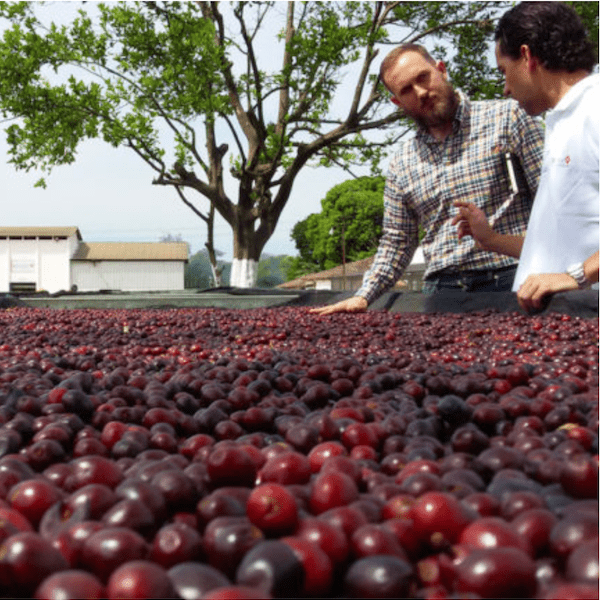The soil, climate, and conditions in Honduras are perfect for coffee harvesting. There is a range of coffee quality from Honduras, from lower-cost Central American blends of coffee, to high-grown specialty lots that rival more popular Central American coffees. This particular type is more complex than its high-grown (HG) counterpart, thus making it a specialty coffee.
In the past, Honduran coffee growers trafficked their beans into Guatemala, where they would sell for a higher price because of Guatemala’s coffee reputation. After government tax on coffee exports started to play a role in the coffee business, the country boosted production and dramatically improved their coffee quality. Since then, demand has increased and selling coffee across the border has become unnecessary.
Presently, coffee producers and Honduras government have made it their mission to improve the quality of coffee. Laws have been passed giving fiscal incentives to coffee producers and highways have been built to access remote coffee growing regions.
- SHG (Strictly High Grown) specifies that the coffee was grown at an altitude around 1350 meters. Coffee grown at a higher altitude and lower temperature produces a slower maturing fruit and a denser bean; which creates a more desirable specialty cup; this classification is higher than HG.
- EP (European Preparation) specifies that the raw beans are all hand sorted to remove any defective beans and foreign material.
Cupping notes: Milk chocolate, stone fruits, caramel; bright acidity, velvety body.
|
Region |
La Paz, Marcala |
|
Growing Altitude |
1350 + meters |
|
Arabica Variety |
Catuaí, Caturra, Pacas, Bourbon |
|
Harvest Period |
December – April |
|
Milling Process |
Washed |
|
Aroma |
Fruity |
|
Flavor |
Citrus, orange |
|
Body |
Medium, smooth |
|
Acidity |
Lively, soft |


